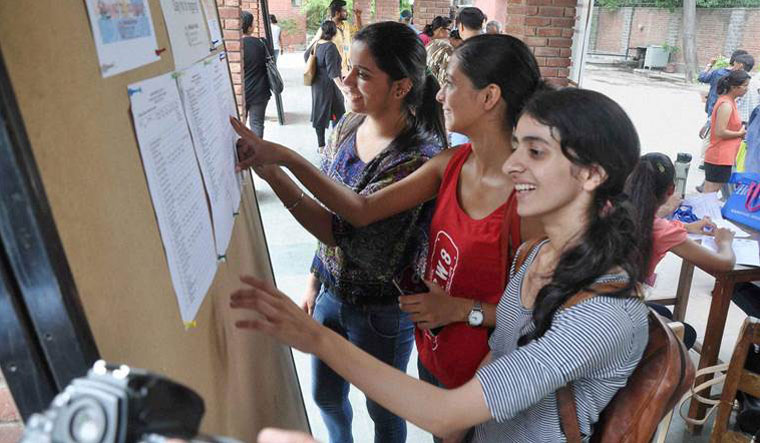The National Assessment and Accreditation Council (NAAC), which assesses and accredits all the higher education institutes and universities across the country, is embroiled in controversy with questions over the rating it allotted to the Maharaja Sayajirao University and a White Paper proposing to change its methodology. Let’s take a closer look at what NAAC is, how it functions and the recent controversy: What does it do? The NAAC was established in 1994 as an autonomous institution of the University Grants Commission (UGC) with its headquarters in Bengaluru. The mandate of NAAC as reflected in its vision statement is in making quality assurance an integral part of the functioning of Higher Education Institutions (HEIs), its website states.
To put it plainly, the NAAC assesses and accredits all the higher education institutes and universities across the country.
How does it work? It functions through its general council (GC) and executive committee (EC) comprising educational administrators, policy-makers and senior academicians from a cross-section of Indian higher education system. The UGC chairperson is the general council president, while the EC chairperson is an eminent academician nominated by the PC president. The director is the academic and administrative head of NAAC and is the member-secretary of both the GC and the EC. In addition to the statutory bodies that steer its policies and core staff to support its activities NAAC is advised by the advisory and consultative committees constituted from time to time. What’s the controversy? In August, Baroda’s Maharaja Sayajirao University announced it had received A+ grade from the NAAC. The publicly-funded university improved on its ‘A’ grade in 2016 and ‘B’ grade in 2010. The MS University’s officiating registrar KM Chudasama said, “There is an improvement in all the seven parameters which NAAC’s peer team had considered while carrying out the university’s assessment.” Some of the criteria of accreditation include curriculum, teaching-learning and evaluation, research and innovation, infrastructure and learning, governance, leadership and management, student support.
One of the key points NAAC team highlighted was the scholarship worth Rs 5 crore granted to 17,000 students.
Then, the Indian Express reported that the NAAC had withheld the university’s grading after receiving an anonymous tip-off that university authorities attempted to influence the peer review team with gold, cash and other favours. However, the NAAC subsequently released the improved grading, calling the allegations “false”, as per the report. The controversy came in the backdrop of the NAAC considering reducing the role of its peer team visits in the overall scheme of things. “The process of Peer Team Visits adds substantial effort on the part of both NAAC and the HEIs. Hence, we recommend that the role of Peer Team visits be facilitatory in nature and not have a significant weightage in assessment and accreditation,” the White Paper published on 13 July stated. From input-based to outcome-based The NAAC now plans to move from the “input-based” approach to the “outcome-based approach”. The NAAC has proposed enhancing quality, quality maintenance, assessment and accreditation as its future functions in a White Paper, as per The Hindu. The White Paper says India’s assessment and accreditation system must be aligned to the National Education Policy 2020 and Sustainable Development Goals 2030. “A robust system of accreditation should be created, based on the principles of transparency, self-disclosure, handholding, mentoring, incubation, and ongoing quality improvement. The manual for assessment may contain two parts, one exclusively covering the General Education component, and the other covering the Specialised Education component. HEIs (higher education institutions) are to be assessed and accredited in a binary mode while units/programmes can be assessed and graded,” it says.
It adds that the assessment approach needs to shift from the “input-driven mode to assessing the outcomes of education.”
As per the White Paper, in the future instead of graded accreditation of HEIs, the focus will be on binary accreditation of HEIs and graded accreditation of academic programs/constituent units,. The focus of assessment and accreditation will be based on learning outcomes. Criteria for assessment and accreditation will be functional and outcome-based on general educatedness, skills/abilities for specialised education, contribution to research/innovation, the White Paper added. With inputs from agencies Read all the Latest News , Trending News , Cricket News , Bollywood News , India News and Entertainment News here. Follow us on Facebook, Twitter and Instagram.


)

)
)
)
)
)
)
)
)



